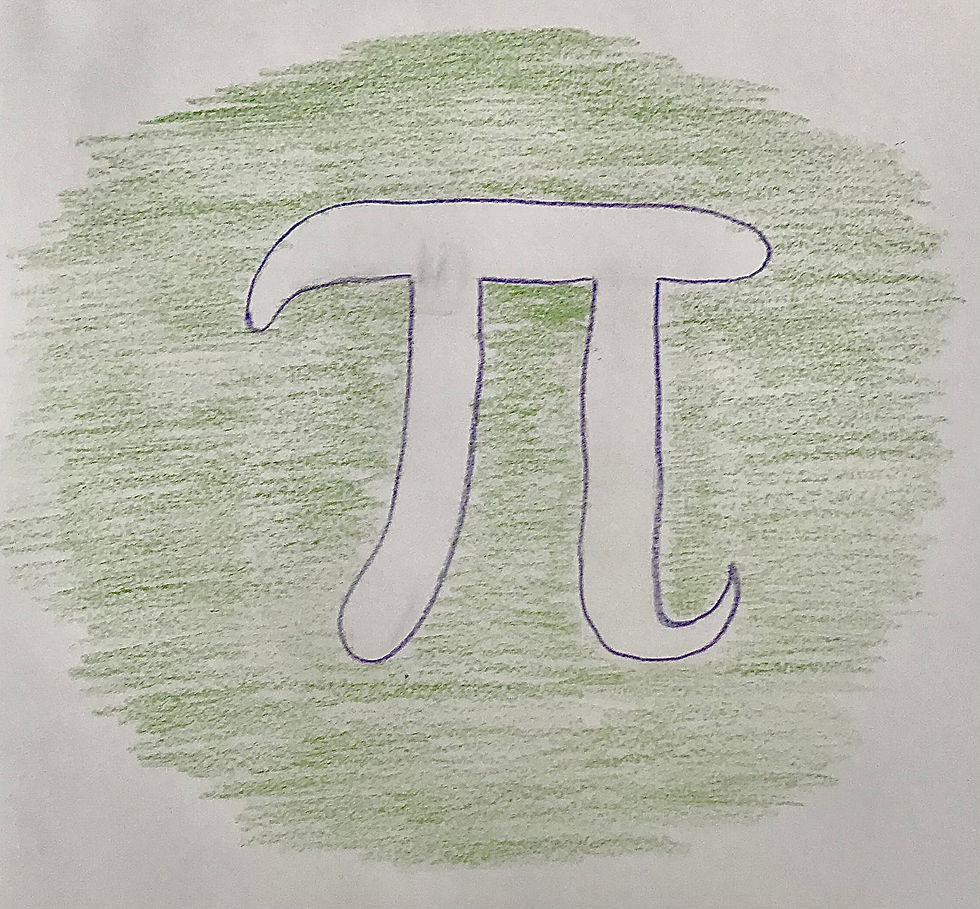The Birth of Numbers
- Natalie Lee

- Jun 5, 2020
- 2 min read
Numbers are everywhere. You use them every day and can apply them to almost every situation. Have you ever wondered where they came from? Who invented numbers? No one knows for sure, but let’s explore a few ancient number systems.


Numbers were around all the way back in the Paleolithic Period, which is better known as the Old Stone Age. This period started roughly 2.58 million years ago (we’re using numbers already). In order to count food and other objects, people most likely used tally marks. These marks can be achieved with bones, wood, stone, or even carving lines into a wall. Tally marks are groups of five lines: four lines are vertical and the fifth line crosses all four diagonally. Groups of five are easier to count once all the marks have been made. However, this method becomes impractical, or difficult, when high numbers need to be counted. For instance, nobody wants to create 1,000,000,000 tally marks. If you do, I’d be impressed by your dedication.
Fast forward a few years and humans have begun establishing civilizations. At this age, numbers were becoming symbols. Although each civilization used different symbols, the overall concept was similar. A system that is still used today is the Roman Numeral System. “I” represents 1, so “III” represents 3. When you reach 5, the notation is now “V.” As a result, instead of writing “IIIIII” for 6, you could simply write “VI.” This gets handy when you write down larger numbers like 52 “LII” or 178 “CLXXIII.” However, these symbols can make it difficult to write out even larger numbers such as 328,176,876.
Over time, these systems developed something called “positional notation.” This allowed the reuse of symbols; the same symbol could represent different numbers based on where it is located. India had completed a base-ten positional system by the 7th century; this system was composed of 10 different symbols that could express any number. Our present-day system uses this method. If 5 was placed in the tens place, it would mean 50. On the other hand, if 5 was placed in the hundreds place, it would mean 500. The positional notation also gave birth to “0” as a placeholder courtesy of the Mayans. Older systems kept a space in between numbers, but it was easy to confuse 308 and 38, which are two completely different numbers. Despite our current system using a base of 10, some ancient civilizations like the Babylonians used a base of 60. Come to think of it, the number based on 60 still exists today: time. We count seconds and minutes in groups of 60.

Ancient Egyptians had hieroglyphs for fractions but only for those with a numerator of 1. If the hieroglyph for an open mouth was placed above a number, it symbolized the reciprocal of that number. A reciprocal of a number is obtained by dividing 1 by that number. However, this method could not represent fractions such as 3/5 or 8/9.
Here are some other ancient numerical systems:




Hopefully, you’ve gained some appreciation for numbers and the system we use today. I also hope you learned something new today! Watch out for the next post!

Comments